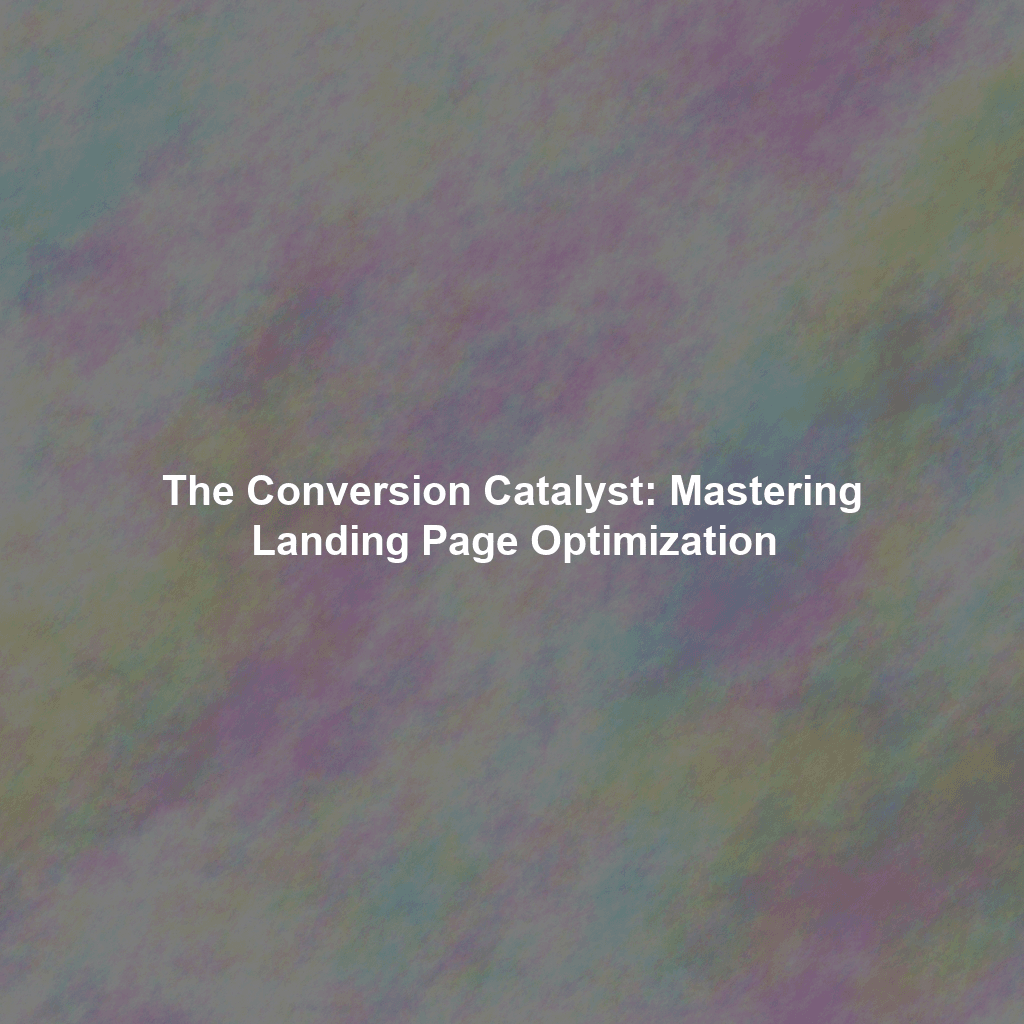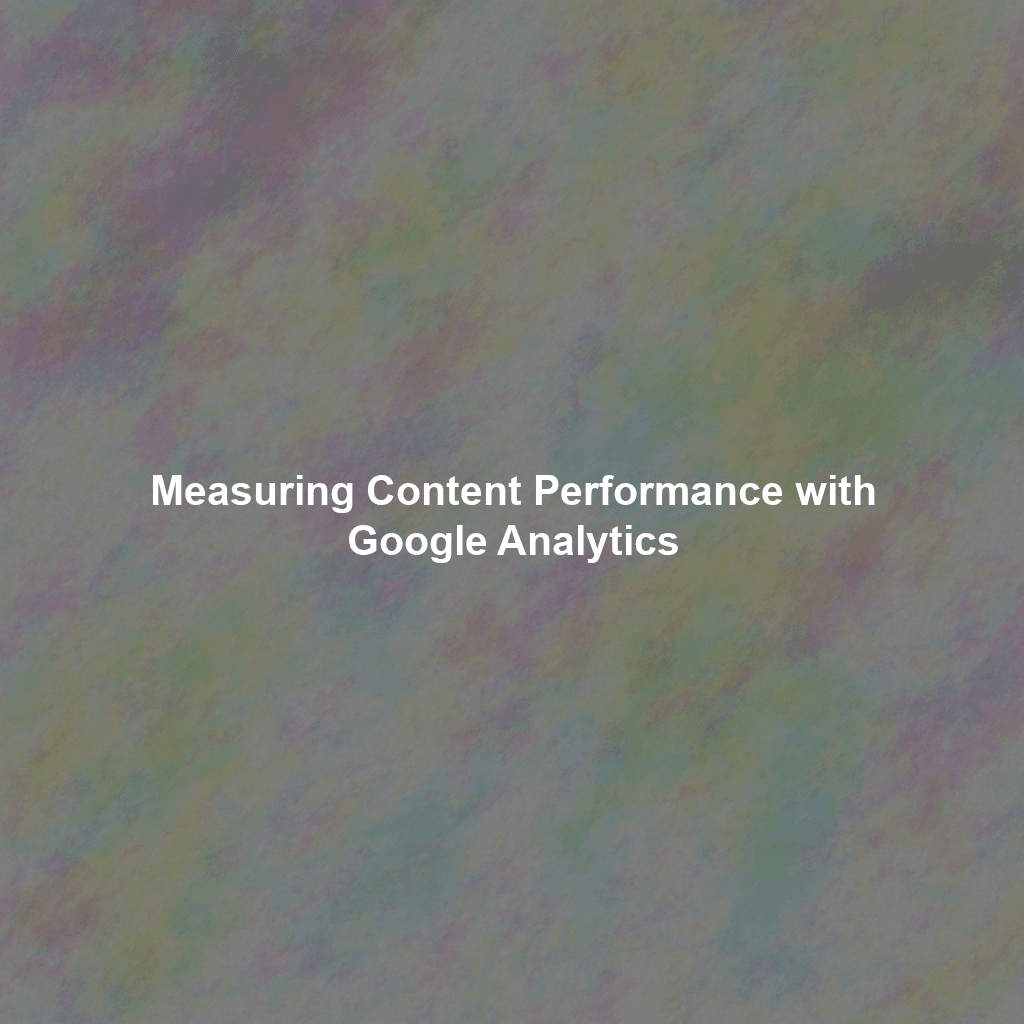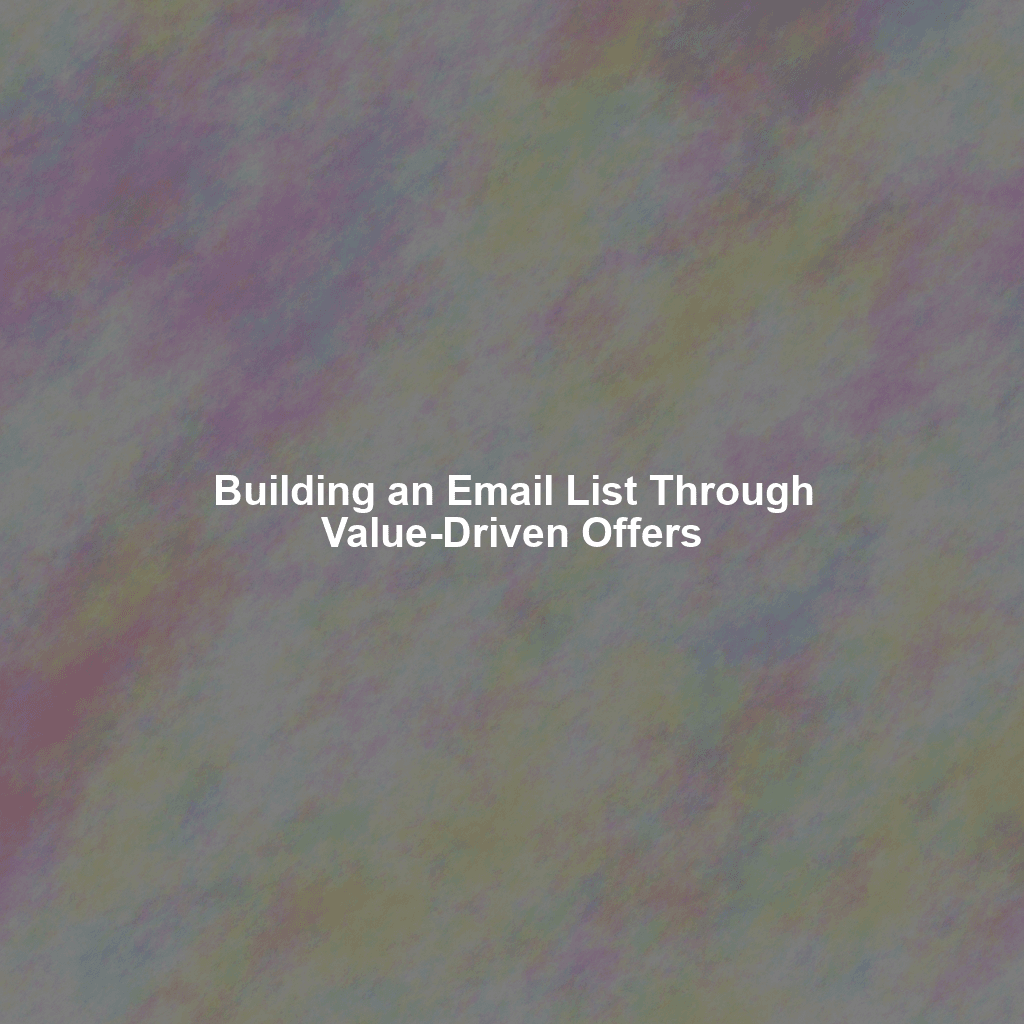Understanding Your Audience: LPO’s Foundation
Before design or content, deeply understand your audience. A generic landing page for “everyone” will likely resonate with no one. Audience research is the bedrock for all successful LPO efforts.
Defining Your Target Persona
Start by creating detailed buyer personas. These are fictional representations of ideal customers. They are based on research and data about existing or potential customers. Consider these factors:
- Demographics: Age, gender, location, income, education.
- Psychographics: Values, interests, lifestyle, attitudes.
- Pain Points: What problems are they solving? What are their frustrations?
- Goals: What are they hoping to achieve? What are their aspirations?
- Motivation: What drives them to seek your product or service?
More detailed personas allow better tailoring of messaging and design. This addresses specific needs and desires. For comprehensive guidance on creating buyer personas, resources from marketing analytics firms like HubSpot’s guide to buyer persona research are valuable.
Conducting User Research
Go beyond assumptions. Gather real data about your target audience. Use various methods:
- Surveys: Collect quantitative and qualitative data. Ask about user preferences, needs, and pain points.
- Interviews: Conduct one-on-one interviews with potential customers. Gain deeper insights into motivations and experiences.
- Analytics Data: Analyze website and landing page analytics. Understand user behavior. Look at traffic sources, bounce rates, and conversion paths. For detailed web analytics, consult Google Analytics documentation.
- Heatmaps and Session Recordings: Use tools like Hotjar or Crazy Egg. Visualize user interactions on your landing page. Identify friction areas. Understand user navigation.
Combining persona development with thorough user research provides a comprehensive understanding. This enables creating landing pages that resonate. It drives higher conversion rates.
Key Elements of a High-Converting Landing Page
Once you understand your audience, craft your landing page’s key elements. Consider these critical components:
Compelling Headline and Subheadline
Your headline is the first thing visitors see. It must grab attention immediately. It should clearly communicate the offer’s value proposition. It must resonate with needs and desires. The subheadline provides additional context. It reinforces the headline’s message. Tips for effective headlines:
- Be clear and concise.
- Focus on benefits, not just features.
- Use strong action verbs.
- Include relevant keywords.
Clear and Concise Copy
Keep your copy focused and easy to understand. Avoid jargon and technical terms that might confuse. Highlight the offer’s key benefits. Explain how it solves problems. Tips for effective copy:
- Use bullet points and short paragraphs to break up text.
- Focus on “what’s in it for me” (WIIFM) from the user’s perspective.
- Use persuasive language to encourage action.
Visually Appealing Design
Your landing page should be visually appealing and easy to navigate. Use high-quality images and videos. Ensure they are relevant to your offer and audience. Design must be consistent with your brand identity. Design considerations:
- Use a clean and uncluttered layout.
- Choose colors that are visually appealing and consistent with your brand.
- Use white space effectively to improve readability.
- Ensure your landing page is mobile-friendly.
For principles of effective web design, resources from academic institutions or design organizations like the Nielsen Norman Group on usability heuristics are valuable.
Strong Call to Action (CTA)
Your CTA is the most important element. It tells visitors what to do next. Make your CTA clear, concise, and visually prominent. Use action-oriented language that encourages clicks. Examples of effective CTAs:
- “Get Started Now”
- “Download Your Free Guide”
- “Request a Demo”
- “Sign Up Today”
Trust Signals
Build trust and credibility. Include trust signals on your landing page. These can include:
- Testimonials and Reviews: Showcase positive feedback from satisfied customers.
- Social Proof: Display social media mentions, follower counts, or customer logos.
- Security Badges: Display security badges. Reassure visitors their information is safe.
- Guarantees: Offer a money-back or satisfaction guarantee to reduce risk.
Forms Optimized for Lead Generation
If your landing page captures leads, optimize your forms. Maximize conversions. Keep fields to a minimum. Only ask for absolutely necessary information. Use clear labels and helpful instructions.
A/B Testing and Optimization: Continuous Improvement
Landing page optimization is ongoing. Don’t create a page and leave it. A/B testing (split testing) is crucial. It compares two landing page versions. It sees which performs better.
What to Test?
Almost anything on your landing page can be tested:
- Headlines: Try different headlines. See which resonates best.
- Copy: Test different body copy variations. See which is more persuasive.
- Images and Videos: Experiment with different visuals. See which are most engaging.
- CTAs: Test different CTA text, colors, and placements.
- Form Fields: Experiment with the number and types of form fields.
- Layout: Test different layouts. See which is most user-friendly.
How to Conduct A/B Tests
Follow these steps for effective A/B tests:
- Identify a Problem or Opportunity: What landing page aspect needs improvement?
- Formulate a Hypothesis: What change do you believe will improve performance?
- Create a Variation: Create a second version with the change to test.
- Run the Test: Use A/B testing software. Split traffic between the original (control) and the variation.
- Analyze the Results: After sufficient time (days or weeks), analyze data. See which version performed better.
- Implement the Winner: Implement the winning variation on your landing page.
- Repeat: Continue testing and optimizing. Further improve performance.
For detailed A/B testing methodologies, resources from organizations specializing in conversion rate optimization (CRO) like Optimizely’s guide to A/B testing are highly informative.
Tools for A/B Testing
Several A/B testing tools are available:
- Google Optimize: A free tool integrated with Google Analytics.
- Optimizely: A popular platform for A/B testing and personalization.
- VWO (Visual Website Optimizer): Another leading A/B testing platform.
- AB Tasty: A comprehensive A/B testing and personalization platform.
Consistently A/B testing and optimizing significantly improves conversion rates. It helps achieve performance marketing goals.
Mobile Optimization: Catering to a Mobile-First World
In today’s mobile-first world, landing pages must be mobile-optimized. Much traffic comes from mobile users. A poor mobile experience leads to high bounce rates and lost conversions.
Responsive Design
Use responsive design. Ensure your landing page adapts seamlessly to different screen sizes. Layout, images, and text automatically adjust to fit the device.
Mobile-Friendly Forms
Optimize forms for mobile devices. Use larger input fields. Simplify the form layout. Provide clear error messages. Consider auto-fill features for easier data entry.
Fast Loading Speed
Mobile users have less patience for slow pages. Optimize images and videos. Reduce file sizes. Ensure fast loading on mobile. Use a Content Delivery Network (CDN) to distribute content. This improves loading speed. For insights on mobile page speed, Google’s PageSpeed Insights tool is invaluable.
Touch-Friendly Navigation
Ensure navigation is easy on touchscreens. Use large, easy-to-tap buttons and links. Avoid small or crowded elements difficult to interact with on mobile. Prioritizing mobile optimization provides a better user experience. It increases conversion rates on mobile devices.
Advanced Landing Page Optimization Techniques
Beyond fundamentals, advanced techniques enhance landing page performance.
Personalization
Personalize the landing page experience. Base it on user data: location, demographics, or past behavior. Tailor headlines, copy, images, and CTAs. Resonate with individual users. Increase relevance.
Dynamic Content
Use dynamic content. Display different content based on user data or behavior. For example, show different product recommendations based on past purchases or browsing history.
Behavioral Targeting
Target users based on their behavior. This includes pages visited or links clicked. Use this information. Create highly relevant landing pages.
Chatbots
Integrate chatbots on your landing page. Provide instant support. Answer user questions. Chatbots guide users through conversion. They reduce friction. These advanced techniques significantly improve landing page performance. They create a more personalized and engaging user experience.
Conclusion: Continuous Optimization for Sustainable Growth
Landing page optimization is not a one-time task. It’s a continuous process. It involves testing, learning, and refinement. Understand your audience. Craft compelling messaging. Constantly optimize design and content. This creates high-converting experiences. It drives results. It improves ROI. Embrace A/B testing. Prioritize mobile optimization. Explore advanced techniques. Unlock your landing pages’ full potential. In performance marketing, a well-optimized landing page is key to sustainable growth. Start optimizing today. Watch conversion rates soar! Check out contenthurricane.com to see how AI can help you generate high-quality, expert-level content at scale for your WordPress site. #LandingPageOptimization #LPO #ConversionRateOptimization #CRO #DigitalMarketing #PerformanceMarketing #ABTesting #MobileOptimization #ContentHurricane
 Skip to content
Skip to content

